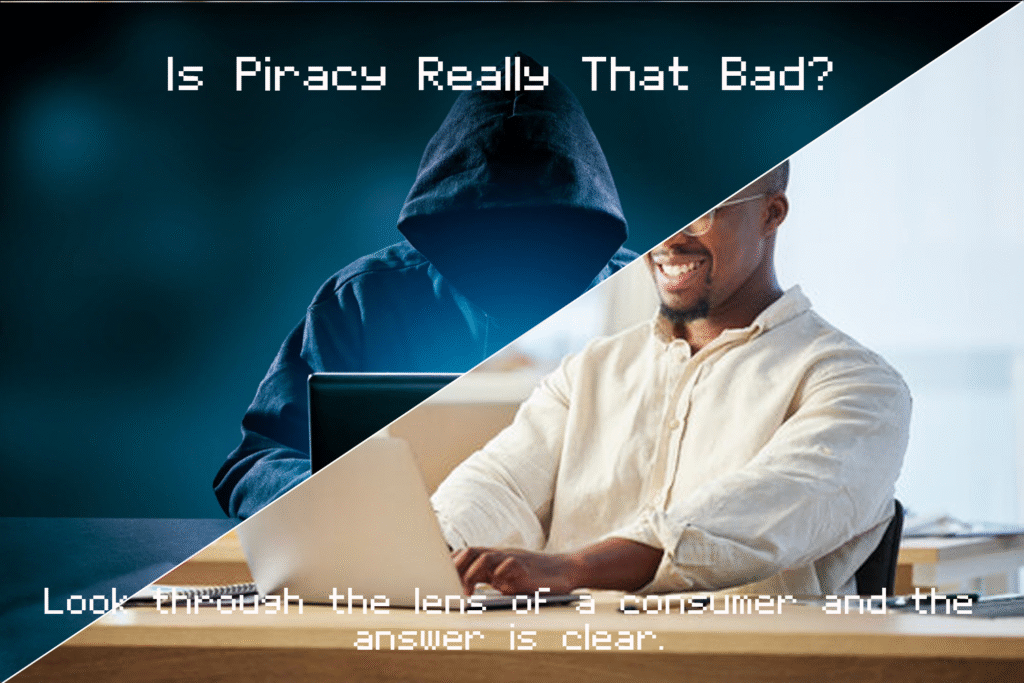Part 1:
The Distance Between Two
Two people enter a room: A young man and a woman wise beyond her years.
They sit down on opposite sides of a small dinner table.
They’re very close; the room is quite cramped.
After sitting for a while, they finally decide to introduce themselves:
“Hi, how are you?”
“Woé zɔ, Ɛfoa?”
Both are a little taken aback at the other’s greeting: It seems like conversation will be harder than expected.
The woman decides to try again, with a different approach:
“Ça va bien?”
The man is a little relieved by her words, responding quickly:
“Oui, ca va tres bien. Et toi?”
“Ouais, je vais bien. Est-ce que tu aime Afrique?”
“Huh?”
It is at this point that both of them realize that talk between the two will be nearly impossible.
As more people arrive, they turn and talk to them, and as they leave, they sit in silence; occasionally shooting glances at each other over the grand table.
Eventually, the man decides to try again.
“Uh…”
“Hm?”
“How… do you like living in Togo?”
It takes a little while for the sound of the man’s voice to reach her ears.
The woman, confused by what he said, scans the room for someone who can help her out.
But no one is there.
The man also looks around, for a messiah who can help him save this floundering conversation.
But no one is there.
So there is little left to do but to sit and twiddle his thumbs while the woman does the same.
As the sun sets and the moon rises, the man looks up.
He sees the night sky, and remembers a funny story:
How when he took the 10-hour here, he fell asleep. And his mother woke him up hours later to show him that a girl had drawn him in a very detailed portrait.
He looks across the …
There is a valley to his left, as far as the eye can see.
At the very end is an indecipherable blob.
He keeps the story to himself.
The words do not leave his lips, for fear that they would be wasted.
Part 2:

Part 3:
For the first part of the Second Genre Assignment, I decided to convert my Language and Literacy Narrative into a poem. I chose this format because I felt like the nature of a poem would allow me to convey the emotions I wanted in a way that was more palatable not only to my intended audience, but for the extended audience as well. Throughout the poem, I heavily used pathos. I appealed to emotions by focusing on the internal thoughts of the characters featured in the poem so the reader could better relate to them. To this extent I also used a metaphor of space between the two characters that grows as time goes on and they find that they cannot effectively communicate. I also included dialogue in a foreign language so that the reader is put into the same situation as the man character but also added translations in the footnotes so that on a second read, they can actually know the meaning of the words said. While writing this poem, the main struggle I faced was trying to transfer the essence of my LLN into the form of a poem. For example, how should I incorporate a rhyme scheme? How should I structure the poem? I thought about many ways to write the poem, and finally settled on a narrative that is almost like a parable or fable. At the end of writing, I learned that poetry is a diverse format and it doesn’t have to be restricted by pre-conceived notions of how it should be. This allowed me to use different tactics like variable spacing to convey the passage of time and increasing sense of distance to strengthen the pathos of the poem, as well as allowing me to just focus on getting the intended message across to the reader and not get stuck trying to fit my work into a certain format.
Meanwhile for the second part of the assignment, I translated my Research Paper assignment into an image. I chose a picture for my format because I am personally experienced with image editing software, especially Photoshop, and felt like I am less confident in video-making and editing software. I tried to instill pathos and logos into my work: I used a contrast between the two sides, or “perceptions,” of a pirate. One being a typical image when you think of a pirate: a suspicious figure cloaked in darkness, undoubtedly up to no good on his laptop. The other side, however, depicts a man in the light having a good time on his laptop. This was used to make the viewer identify with the person in the second image, as they personally wouldn’t see themselves as a shady individual like in the first image. I used logos in the tagline, “Look through the lens of a consumer and the answer is clear.” I’m making the user think and reason about which side they are on. When making the image, I personally struggled with achieving the specific effect I was going for with the software I used. At first, I tried to go with a page-turn effect, where the first image would be in the foreground and the second would be under it. Unfortunately, my attempts at manipulating the image didn’t look good at all to me, so I settled for the two halves in the final product, which ended up better than expected. During this process, I learned that getting a message across through a predominantly visual format is harder than expected. You have to focus on so many elements like layout and color, and not only about those individual aspects, but how they come together to make a final product.

